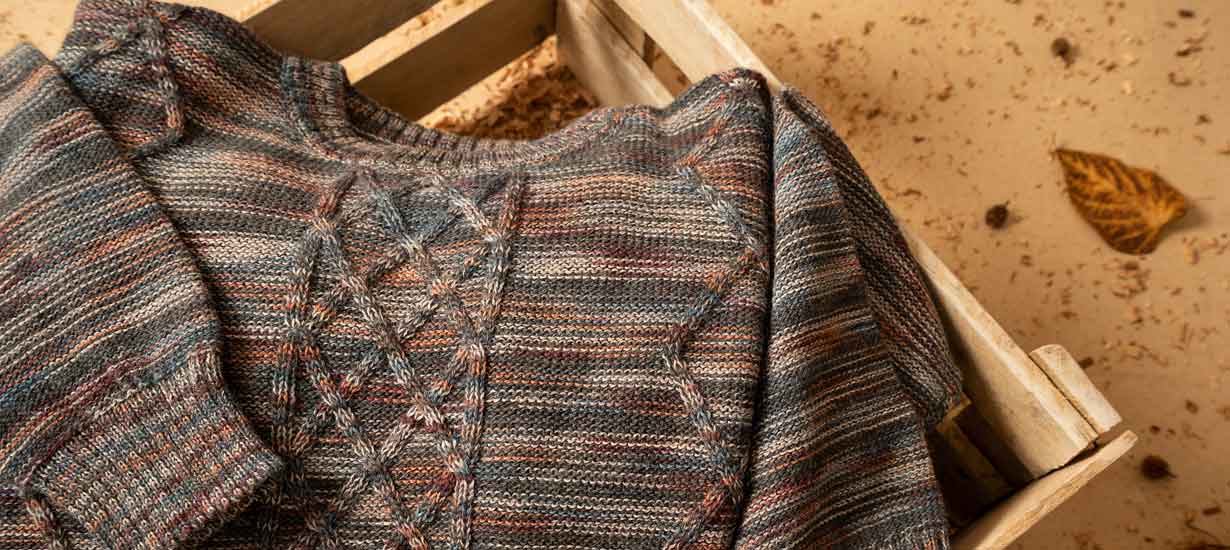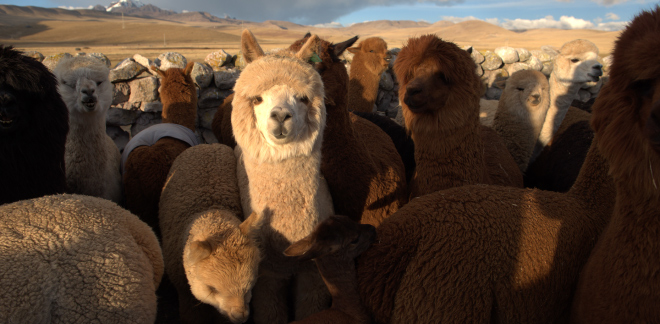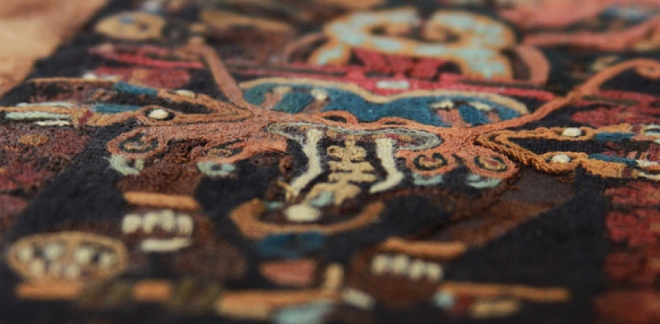Alpaca Fiber and Cotton: Cornerstones of the Peruvian Textile Industry
Síguenos en:Google News
Alpaca fiber and cotton rank as the most sought-after textile raw materials worldwide.
Alpaca breeding stands as a cornerstone of Peru's economy, providing a robust boost. With roots tracing back to ancient times, these animals hold immense cultural and ecological significance in the region. Throughout their evolutionary journey, alpacas have served multifaceted roles in the lives of Andean communities, contributing to their sustainability and heritage.
Alpaca fiber remains highly prized in modern times due to its exceptional softness, warmth, and durability. These three characteristics render it among the most sought-after products in today's market.
In Peru, there are approximately 4.5 million camelids, comprising nearly the entire global population of these animals. Renowned for their unique ability to thrive in extreme climates, they serve as a vital source of economic sustenance for thousands of families residing in the high Andean regions.
This fiber finds extensive use in crafting a diverse array of premium textile items, including sweaters, blankets, rugs, and scarves, all esteemed both domestically and globally. Its exceptional value is widely recognized by industry experts.
LEADING PRODUCER OF ALPACA FIBER
As per the Ministry of Agrarian Development and Irrigation (MIDAGRI), Peru holds the top spot as the global leader in alpaca fiber production, yielding a total of 5 thousand tons annually. Additionally, Peru also leads in vicuña fiber production, boasting a yearly output of 10 thousand kilograms. The primary regions responsible for this production include Puno, Cusco, Arequipa, Ayacucho, Huancavelica, Apurímac, Pasco, Moquegua, Tacna, and Junín.
To underscore the significance of this raw material to Peru's economy, it's noteworthy that in 2022, exports of this commodity approached nearly USD 94 million, with Asia, Europe, and the United States emerging as the primary markets.
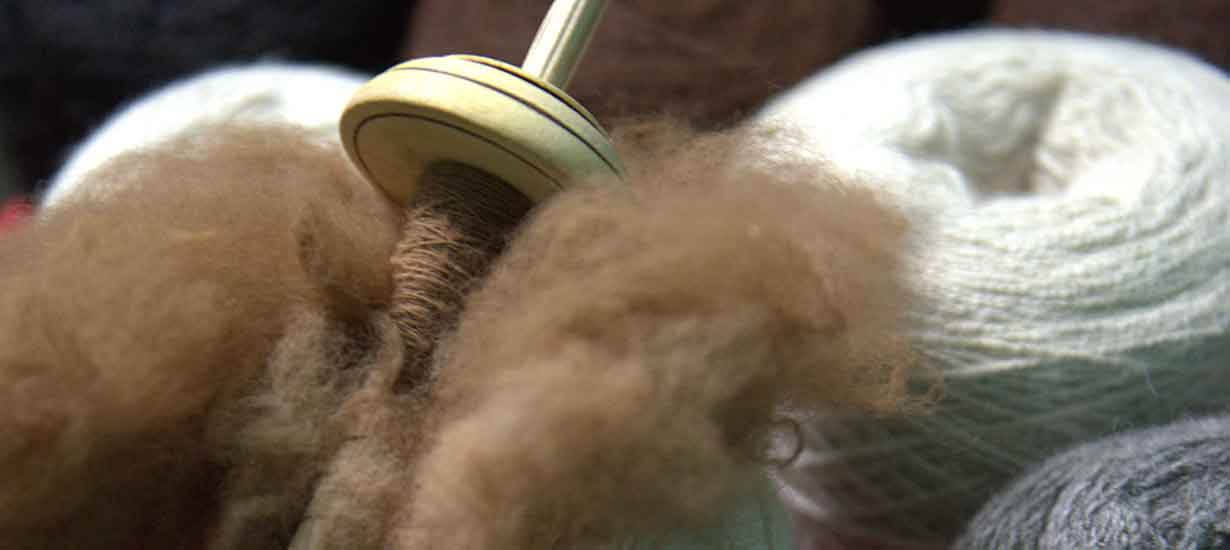 Source: Asociación Internacional de la Alpaca
Source: Asociación Internacional de la Alpaca
PERUVIAN WHITE TREASURE
Peruvian cotton, globally renowned for its exceptional quality, characterized by its finesse, softness, durability, and length, stands as a prized gem within both the Peruvian textile industry and on the global stage. It holds a prominent position within Peruvian agriculture, particularly in the coastal valleys, solidifying its status as one of the mainstay crops of the region.
Per data from the Ministry of Agrarian Development and Irrigation (MIDAGRI), the cultivation of cotton primarily thrives in the regions of Ica (38.0%), Piura (16.0%), and Lima (9.9%).
In 2023, Peruvian cotton textile exports soared to a remarkable USD 554,481,222. This milestone not only underscores Peru's competitiveness in the global market but also showcases the exceptional quality and surging demand for Peruvian textile products, particularly cotton T-shirts.
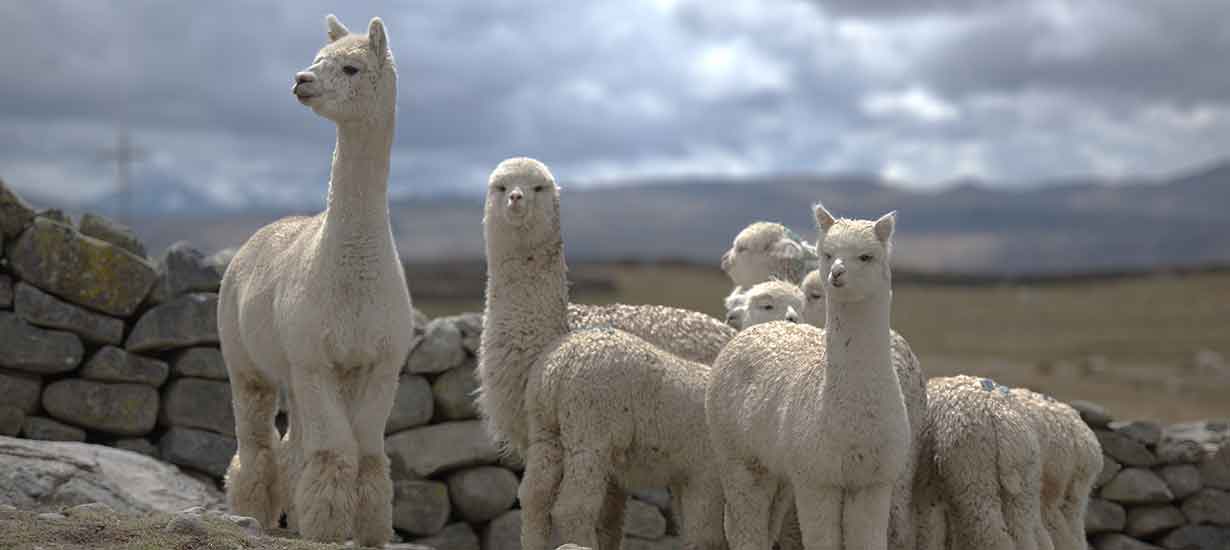 Source: Asociación Internacional de la Alpaca
Source: Asociación Internacional de la Alpaca
WORLD'S FIRST
These products have become Peru's primary textile exports due to three key characteristics: softness, durability, and sustainability. The fusion of superior cotton quality with the expertise of Peruvian manufacturers has elevated Peruvian cotton T-shirts to esteemed status, particularly in the U.S., Brazilian, and Colombian markets.
The undeniable demand for top-notch Peruvian textile products in premier global markets underscores the tangible prestige and competitiveness of Peru's textile industry on the international stage. During the International Year of Camelids, the Peruvian textile industry is making significant strides in the global market, propelled by a harmonious blend of quality, craftsmanship, and sustainability.
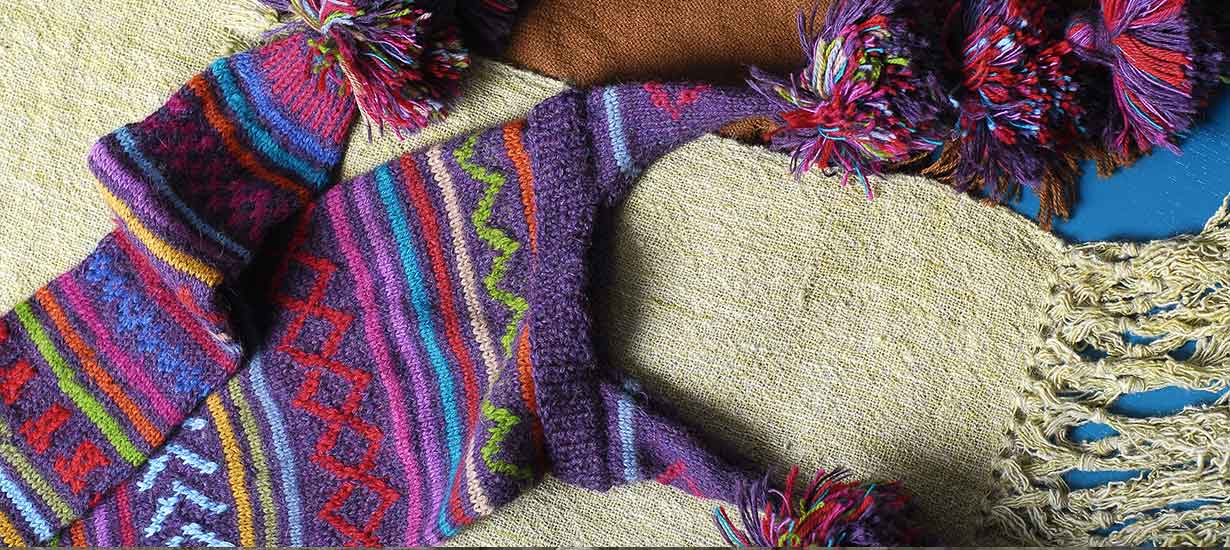 Source: Juanjo Calvo
Source: Juanjo Calvo


